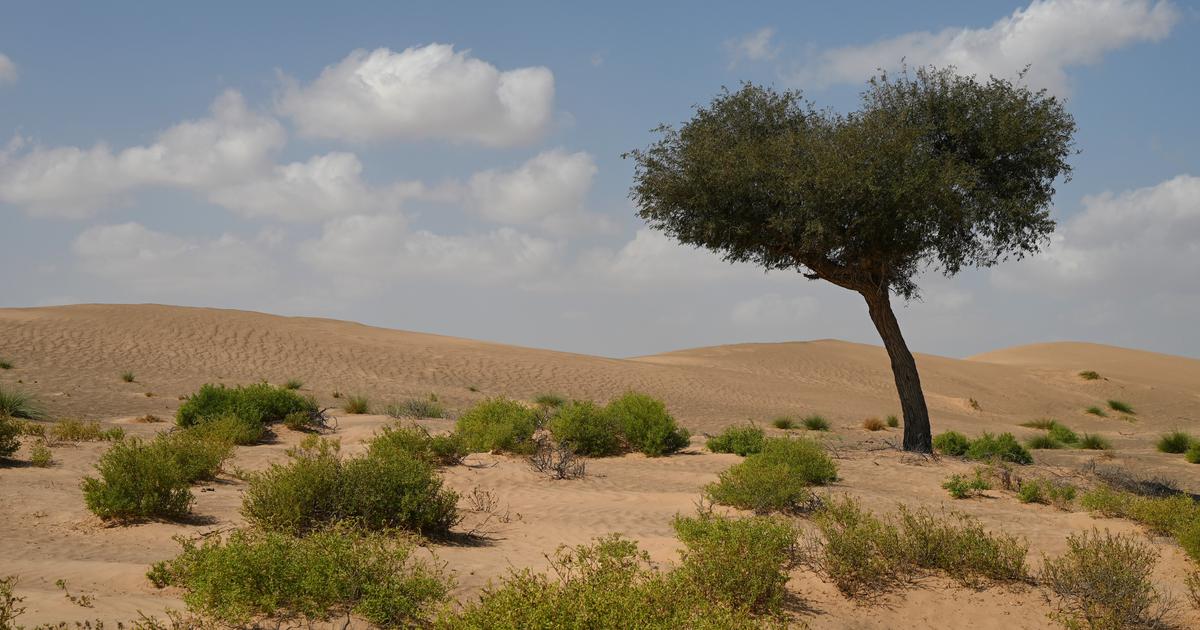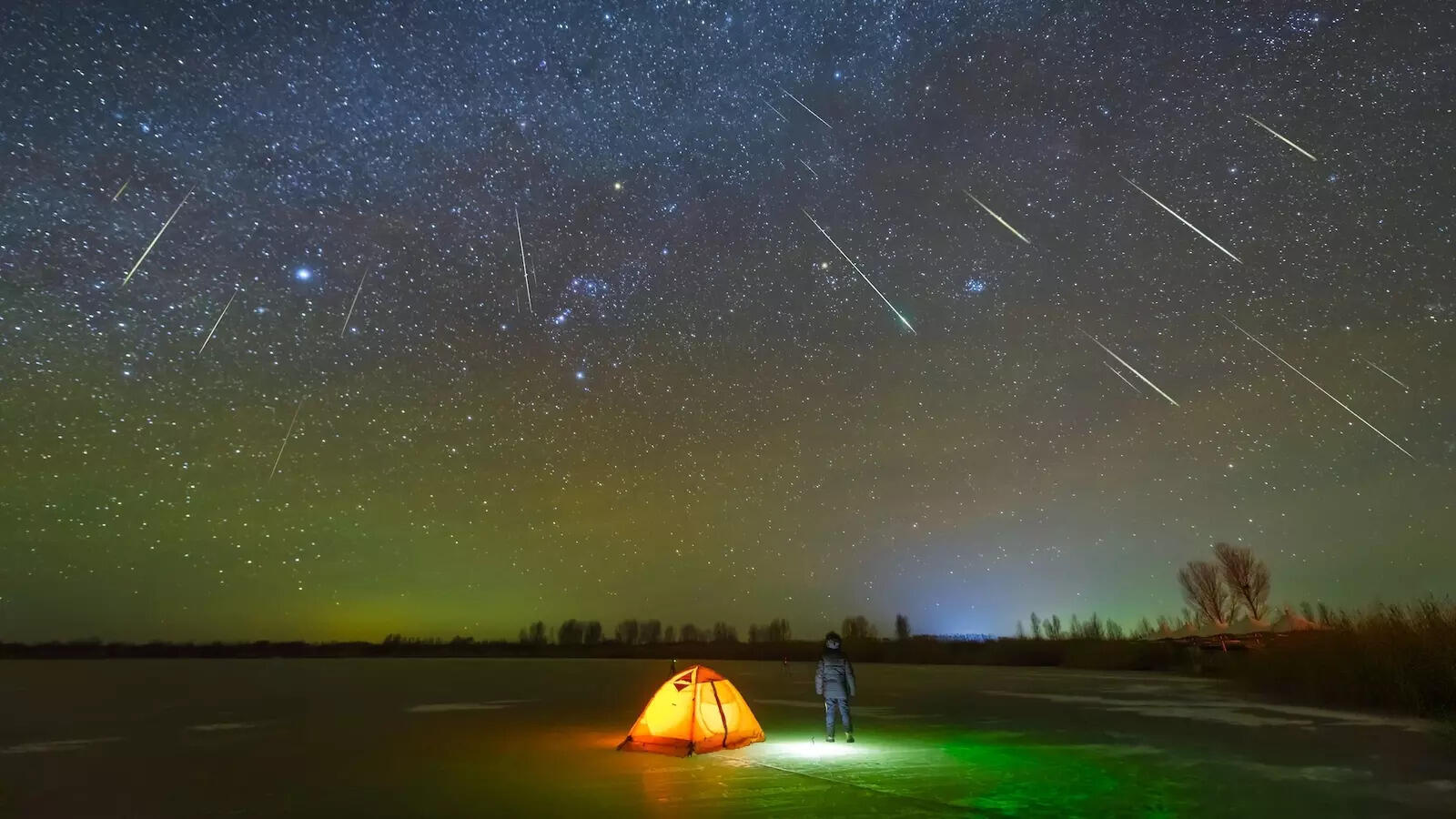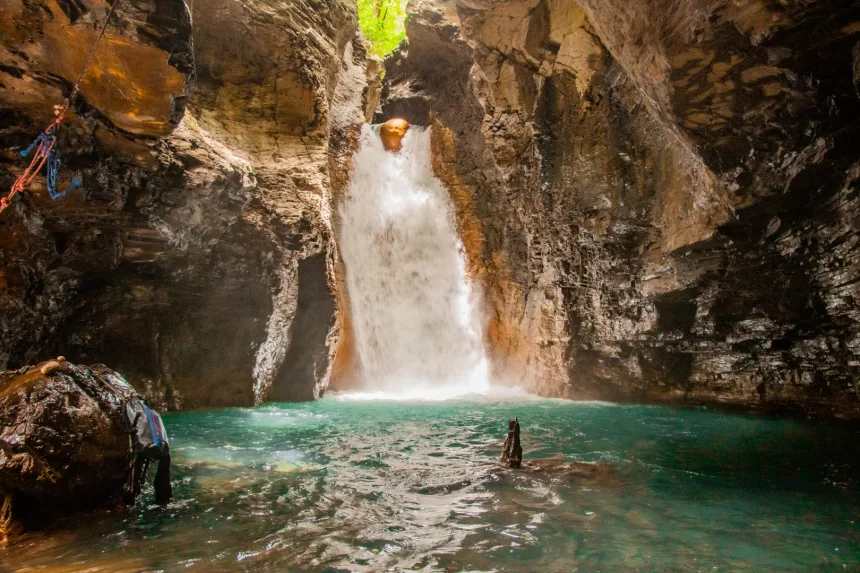Once a lifeline in Rajasthan’s desert, the khejri tree is slowly vanishing

Join our WhatsApp Community to receive travel deals, free stays, and special offers!
- Join Now -
Join our WhatsApp Community to receive travel deals, free stays, and special offers!
- Join Now -

The onion crop on 60-year-old Tiloka Ram Godara’s 80-bigha field ripens in May. There are four-five khejri (Prosopis cineraria) trees growing in the field located near Osian tehsil in Rajasthan’s Jodhpur district. Since the pods (wet or green sangri) on them have grown thick, they have been left for the cattle.
When asked the reason for not plucking these bean pods, he said, “When we were young, there were 20-25 khejri trees in our field. At that time, farming was done only during the four months of the monsoon. Everyone was interested in sangri. There were no other avenues and this was the biggest source of income. Now, thanks to abundant water, farming is done twice. An increase in income has led to decreasing interest in sangri.”
Khejri, the native tree of Rajasthan, is considered the lifeline of Western Rajasthan. The tree, which thrives in the hot and dry climate, was once abundant across the Thar desert.
Khejri trees produce bean-like sangri pods in March-April. Both fresh and dried pods are consumed. There was a time when there were no vegetables in the summer season, so only sangri was eaten. The social, economic and cultural importance of the khejri earns it the title of Kalpavriksha (tree of life) in...
Read more
What's Your Reaction?
 Like
0
Like
0
 Dislike
0
Dislike
0
 Love
0
Love
0
 Funny
0
Funny
0
 Angry
0
Angry
0
 Sad
0
Sad
0
 Wow
0
Wow
0























































